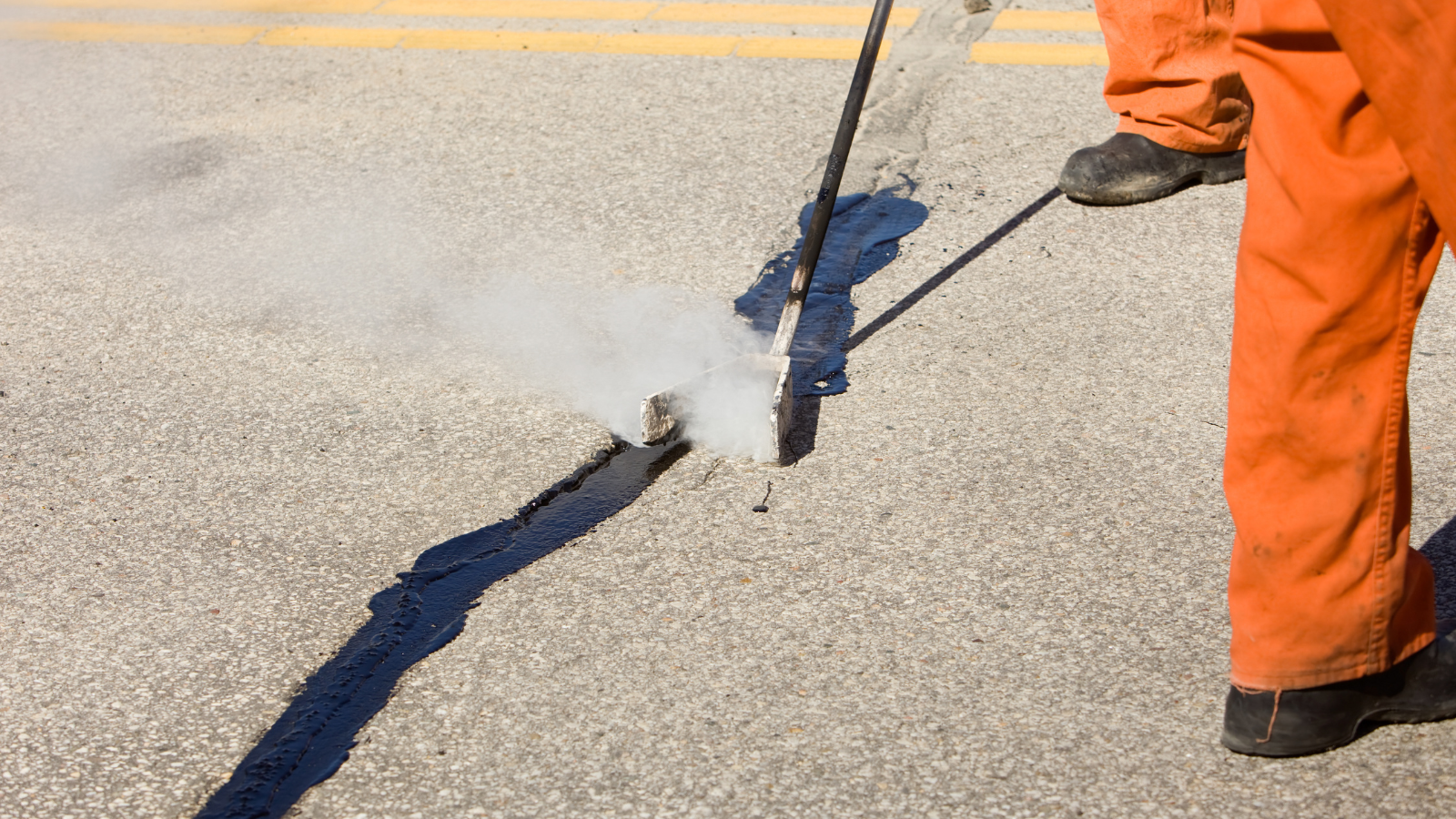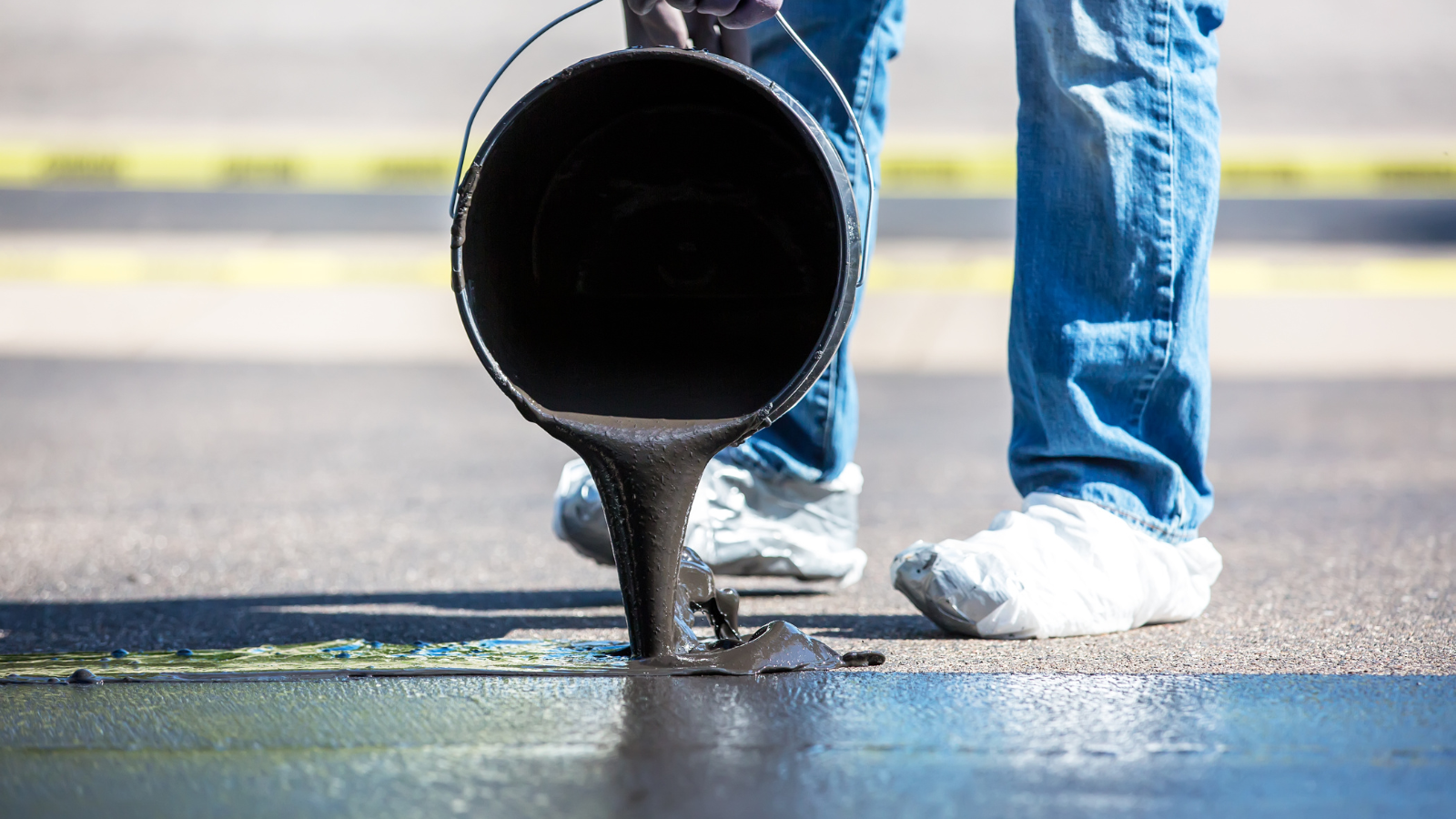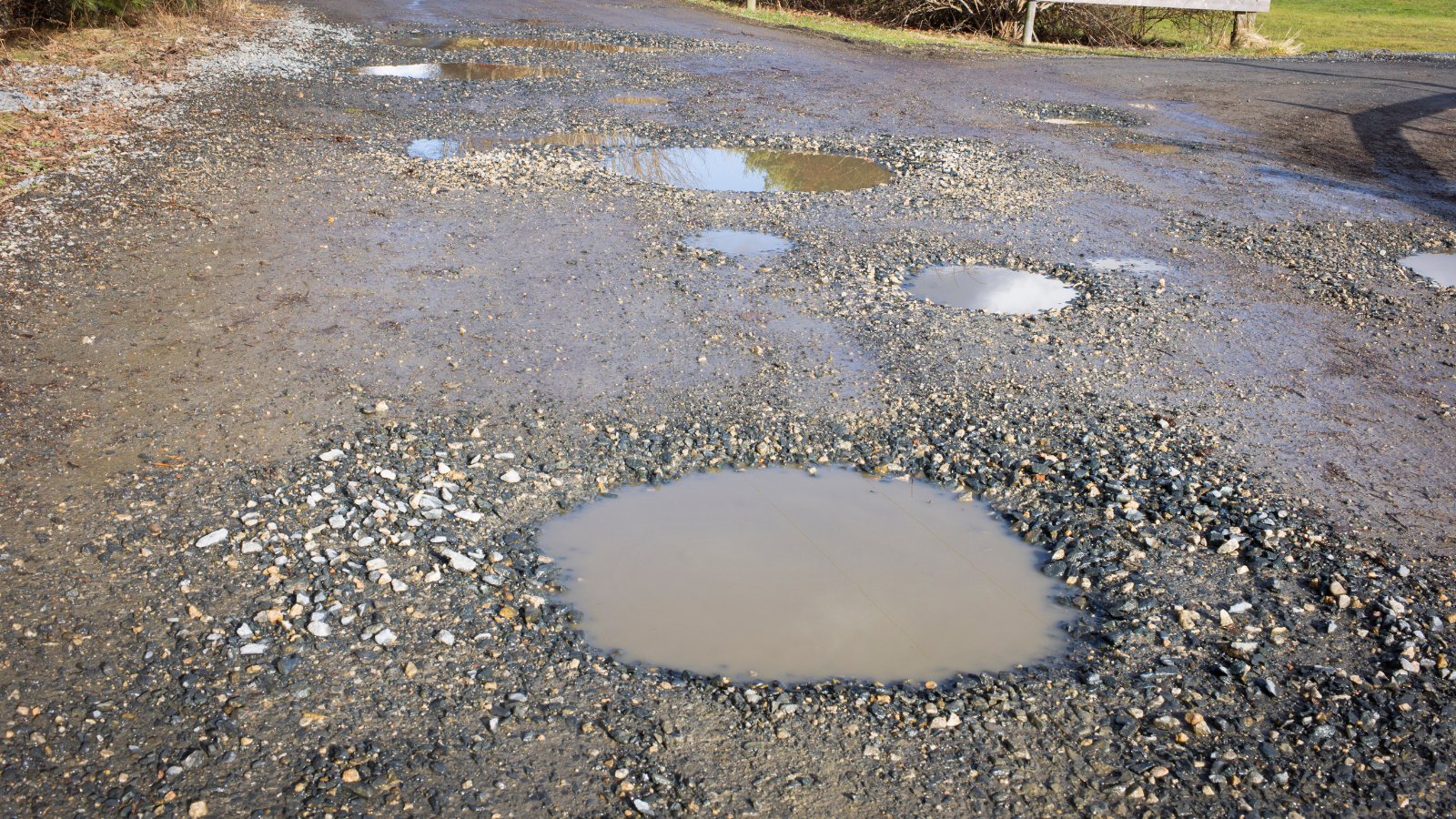Over time, asphalt surfaces are prone to breaking because weather changes, heavy traffic, and natural wear and tear. Proper maintenance, including hot crack repair, is crucial to extend the life of asphalt pavements and prevent further damage. This blog post covers the essential procedures, best ways to seal cracks, standards for crack sealing, and guidelines to ensure successful outcomes in hot crack repair projects.
Deciding on the ideal company for pavement care can be challenging. Elizabeth Paving, renowned in asphalt repair and resurfacing, can bring new life to your asphalt parking lot, road, sidewalk, or other paved areas. For quick and affordable service, get in touch with Elizabeth Paving in New Jersey if your pavement requires upkeep this spring.
Procedures of Asphalt Crack Repairs
1. Assessment: Start with a thorough inspection to determine the extent of the damage. Identify the types of cracks (e.g., transverse, longitudinal, block) and prioritize them based on severity.
2. Cleaning: Remove debris, vegetation, and moisture from the cracks. This can be done using high-pressure air or a wire brush to ensure the sealant adheres properly.
3. Routing: For more effective sealing, routing the cracks to a uniform width and depth may be necessary. This step creates a clean, uniform reservoir for the sealant.
4. Heating: Heat the area around the crack to remove any remaining moisture and improve sealant adhesion. Specialized hot air lances or infrared heaters are typically used.
5. Sealing: Apply a hot rubberized crack sealant using a specialized applicator. The sealant should fill the crack and form a tight bond with the asphalt.
6. Cooling: Allow the sealant to cool and solidify, forming a durable, flexible bond that can expand and contract with temperature changes.
Best Way to Seal Cracks in Asphalt
The best way to seal cracks in asphalt is by using hot rubberized sealant. This material is specifically designed to withstand the rigors of varying weather conditions and heavy traffic. Here’s why hot rubberized sealant stands out:
- Flexibility: It expands and contracts with temperature fluctuations without losing integrity.
- Adhesion: Bonds exceptionally well to asphalt, ensuring a long-lasting repair.
- Durability: Resistant to water penetration and degradation from UV rays.
Standards for Crack Sealing
Adhering to industry standards is crucial for effective crack sealing. Key standards include:
- ASTM D6690: Specifies the requirements for hot-applied, single-component joint and crack sealants.
- ASTM D5078: Covers the specifications for asphalt crack sealants.
- FHWA-RD-99-147: Provides guidelines for selecting crack sealing treatments.
These standards ensure the materials used and the application methods meet the necessary performance criteria for durability and effectiveness.
Guidelines and Recommendations for Successful Hot Crack Repair
To achieve the best results in hot crack repair, follow these guidelines:
1. Proper Surface Preparation: Ensure the crack and surrounding area are clean and dry. Any contaminants can prevent the sealant from adhering correctly.
2. Correct Application Techniques: Use a high-quality hot-applied sealant and ensure it is applied at the recommended temperature. Overheating or underheating the sealant can compromise its performance.
3. Quality Control Measures: Regularly inspect the equipment to ensure it is functioning correctly. Monitor the application process to maintain consistency in sealant application.
6 Best Practices for Hot Crack Repair
1. Timely Repairs: Address cracks promptly to prevent them from expanding and causing more significant damage.
2. Use Quality Materials: Invest in high-grade hot rubberized sealants that meet industry standards.
3. Ensure Proper Equipment: Use specialized equipment designed for hot crack repair to achieve optimal results.
4. Trained Personnel: Ensure that technicians are properly trained in crack sealing techniques and safety protocols.
5. Weather Considerations: Perform repairs during appropriate weather conditions—ideally when the pavement is dry and temperatures are moderate.
6. Regular Maintenance: Put in place a regular maintenance plan to inspect and repair cracks regularly, preventing minor issues from becoming major problems.
Conclusion
Hot crack repair is a vital maintenance practice for prolonging the life of asphalt pavements. By following the outlined procedures, adhering to industry standards, and implementing best practices, you can ensure successful and durable repairs. To get the finest effects, proper surface preparation, high-quality materials, and expert application techniques are essential. Regular maintenance and timely interventions will keep your asphalt surfaces in top condition, saving time and money in the long run.
Investing in hot crack repair not only enhances the appearance and safety of your pavement but also extends its lifespan, making it a wise choice for any asphalt maintenance program.







